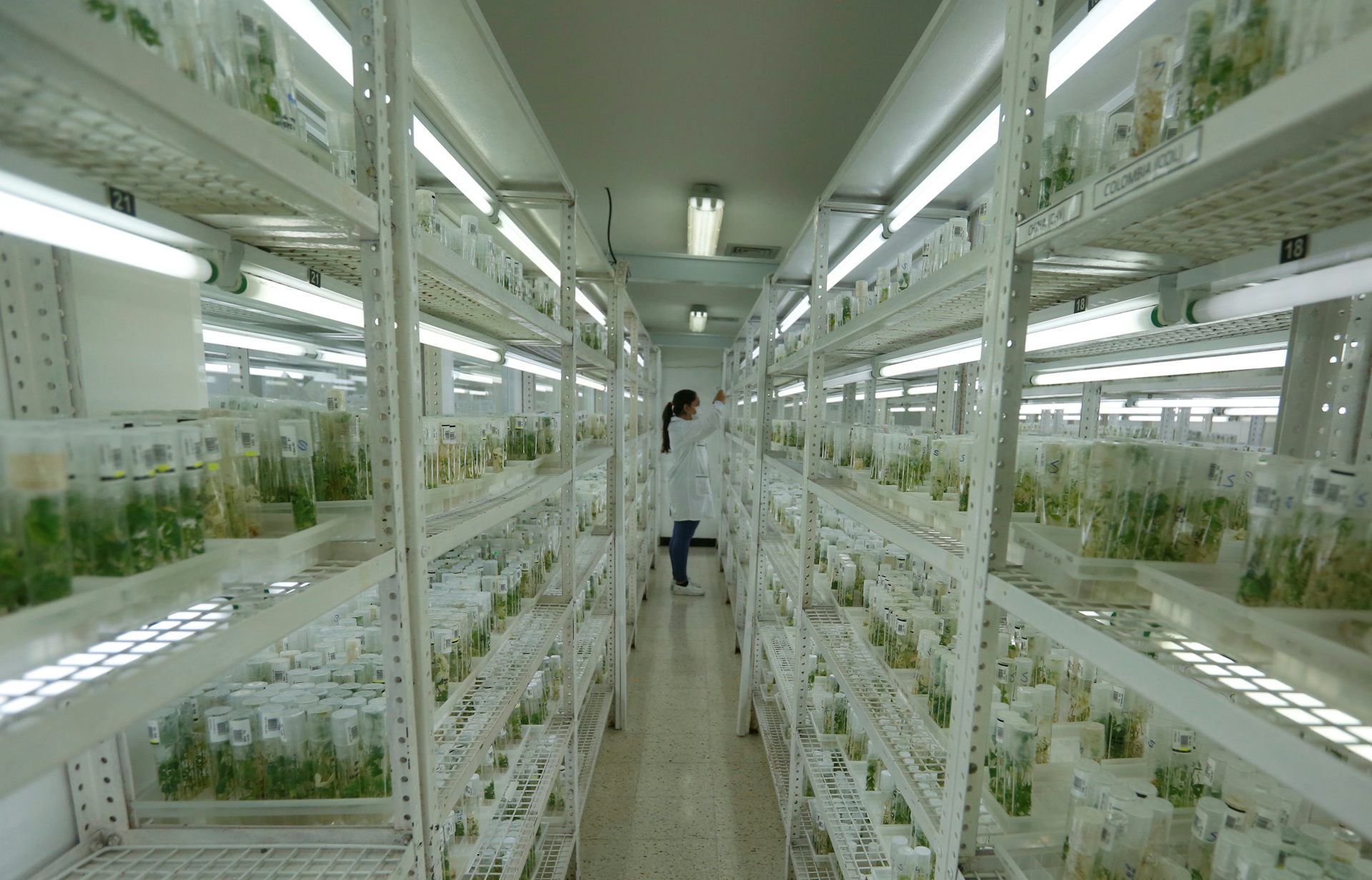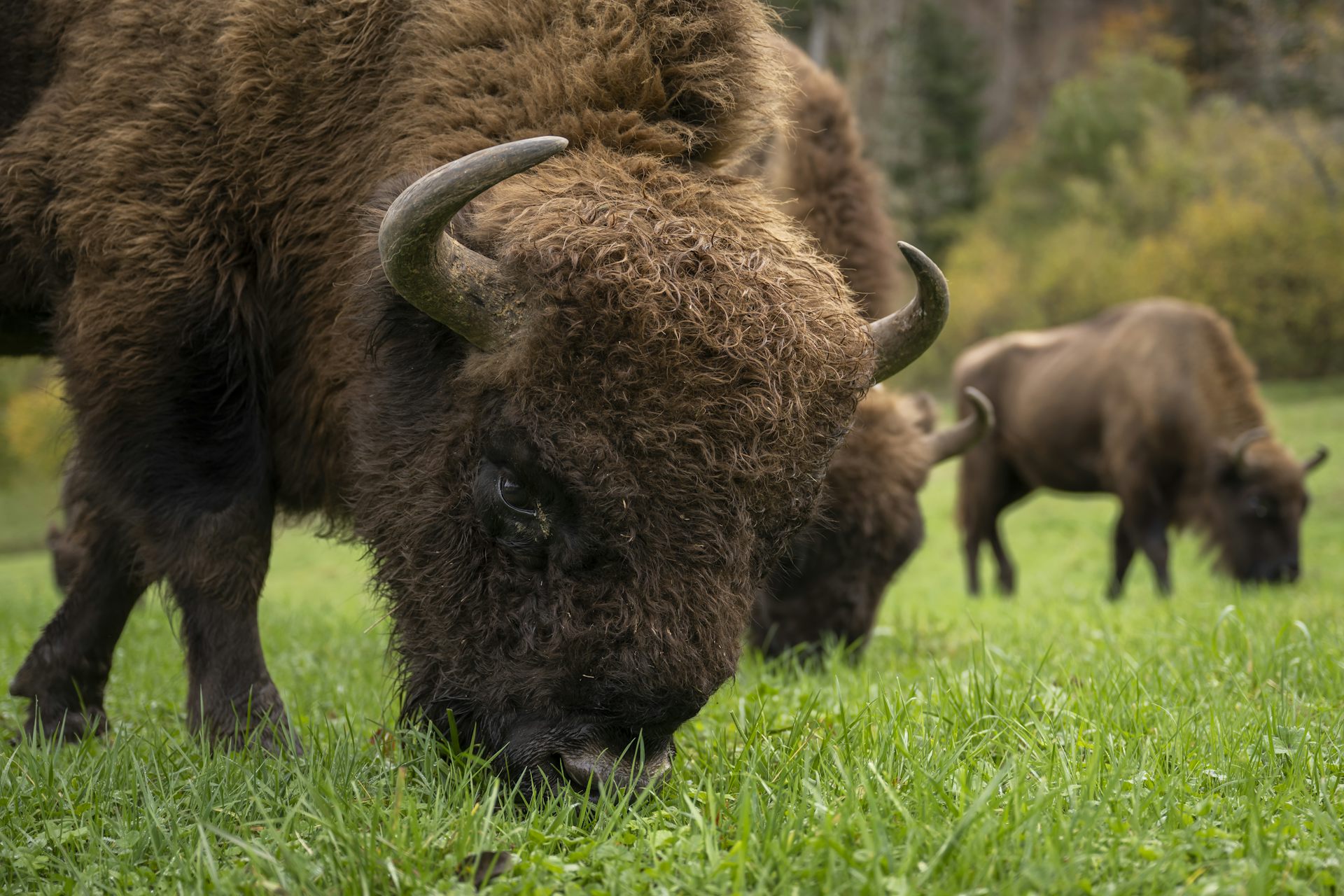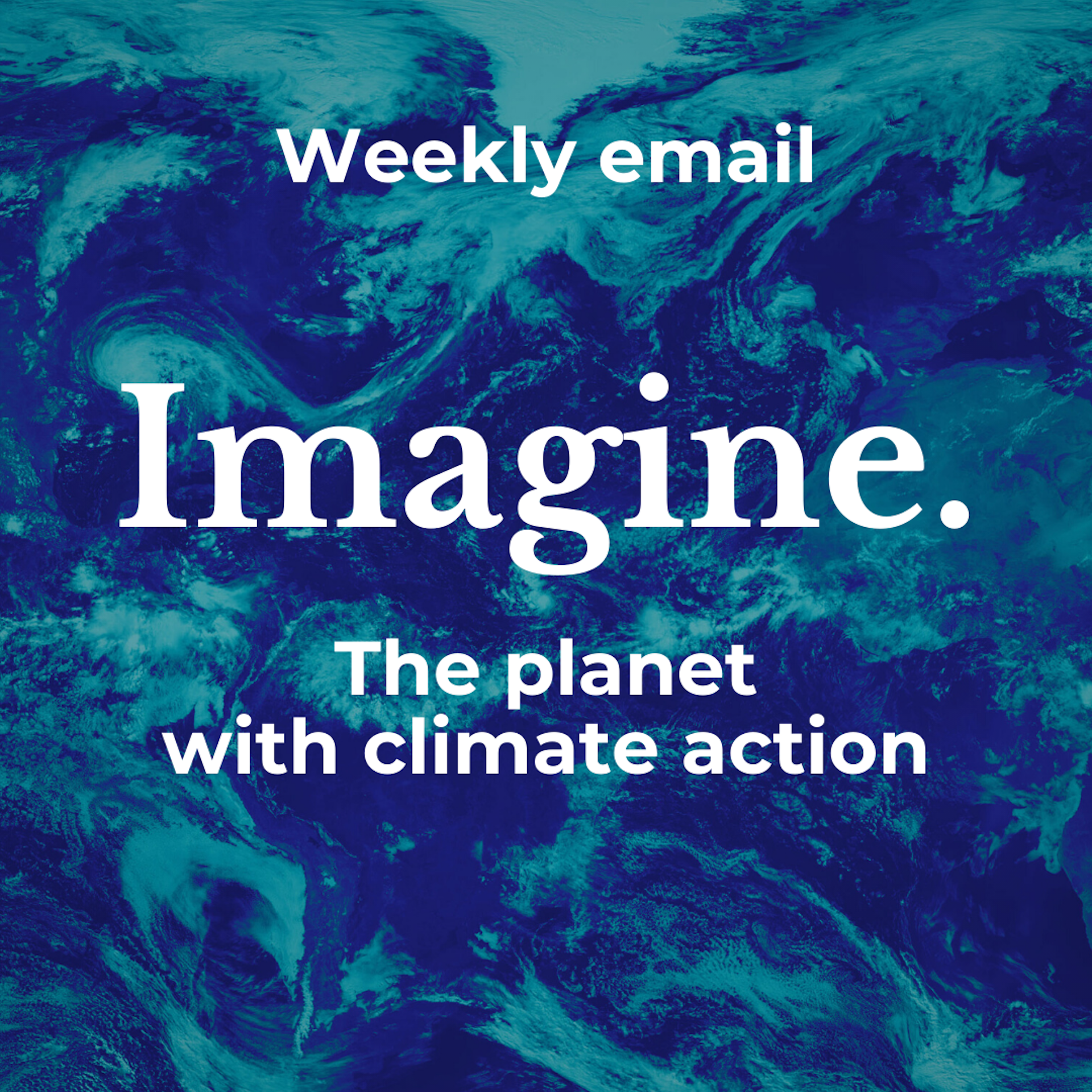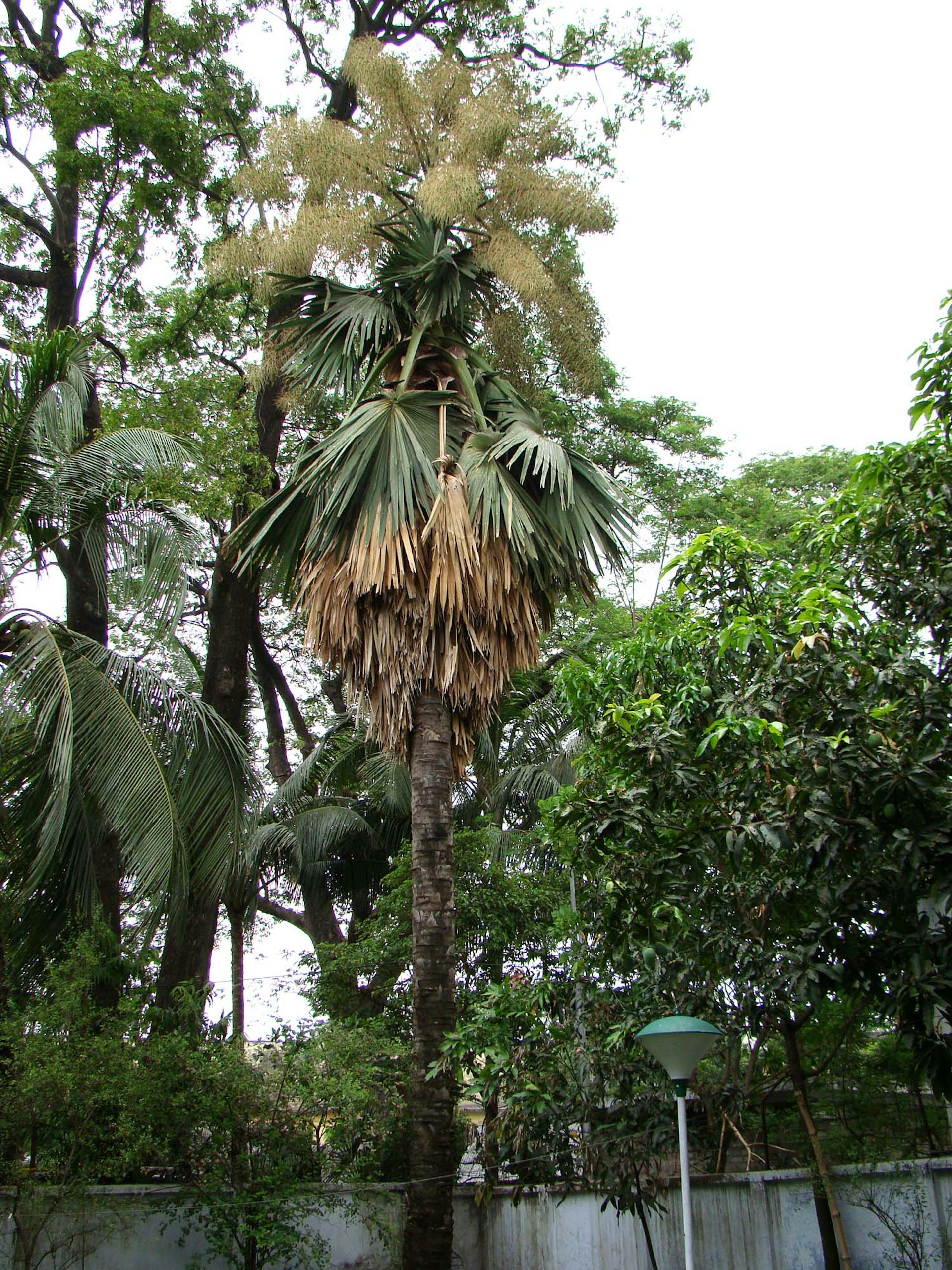Conservation News
Why 'Extinct In The Wild' is Not Always a Death Sentence
Why 'Extinct In The Wild' is Not Always a Death Sentence
The Socorro Dove, Zenaida graysoni
© Josep del Hoyo
Macaulay Library
Macaulay Library

1754 painting of a passenger pigeon.
(Plate 23 in Volume 1 of The Natural History of Carolina, Florida and Bahamas)
(Plate 23 in Volume 1 of The Natural History of Carolina, Florida and Bahamas)
By Mark Catesby, George Edwards - The Natural History of Carolina, Florida and Bahamas V. 1 (1754) A version by Seligmann 1749, Public Domain, Link
In southern Ontario, Canada, in 1866, a flock of migrating passenger pigeons, was estimated to be 1.5 Km (.93 miles) wide and 500 Km (310 miles) long. It took 14 hours to pass and contained an estimated 3.5 billion birds. The passenger pigeon was then probably the most abundant species of bird on Earth and certainly in North America.
On September 1, 1914, at Cincinnati Zoo, less than 50 years later, 'Martha' the last known passenger pigeon died and the species became extinct. The species had been functionally extinct when the last male died some years earlier. Its death went unrecorded. The last wild passenger pigeon is believed to have been shot in 1901.
The extinction of this species was due entirely to human intervention, including hunting for cheap meat on a massive scale, deforestation and habitat destruction. Because of its habit of migrating in closely-packed flocks, a single shot could bring down several birds.

A passenger pigeon flock being hunted in Louisiana. From the ‘Illustrated Shooting and Dramatic News’, 1875.
Credit: (Wikimedia/Smith Bennett), CC BY-NC-ND
A gene line that had taken 3.5 billion years to evolve was ended.
Now, according to an article in The Conversation by Donal Smith, Postdoctoral Researcher in Conservation, Zoological Society of London and Sarah Elizabeth Dalrymple, Senior Lecturer in Conservation Ecology, Liverpool John Moores University, an estimated 33 animal and 39 plant species exist only as 'captive' specimens in zoos, aquariums, botanic gardens and seed banks.
It is vital, if we're not to see another extinction like the passenger pigeon extinction, albeit on a smaller scale, that we stop destroying habitats and prepare to re-establish these species in the wild. The risk of loss of genetic diversity in keeping them in captivity can only be avoided by releasing them into the wild again where environmental factors can once again selectively breed for fitness and in time re-establish genetic diversity.
The article from The conversation is reprinted here under a Creative Commons licence, reformatted only for stylistic consistency:

The animals and plants that only exist in captivity – and why time is running out to restore them to the wild
The Socorro dove (Zenaida graysoni) was confirmed to be extinct in the wild in 1981.
Credit: Johann Alexi/Freigabe-Nachweis, CC BY-SA
Donal Smith, Zoological Society of London and Sarah Elizabeth Dalrymple, Liverpool John Moores University
It was April in 1981 when a party of four camped for two days and nights on the forested slopes of Mount Evermann, the central peak of Socorro, a volcanic island in the Pacific some 400 kilometres southwest of Baja California, Mexico. Their fruitless search confirmed their suspicions: the Socorro dove, an endearingly tame bird unique to the island, had disappeared, eaten by the cats of Spanish colonists, pushed out by grazing sheep and shot from the sky by hunters.
But the species had not vanished. Fifty six years prior to this search, in 1925, 17 Socorro doves had been collected from the island and transported to a bird keeper in California in the US. Somehow, almost 100 years later, the descendants of these birds – the last Socorro doves on the planet – are still with us, distributed across captive facilities in Europe and North America.
It’s a strange liminal space: disappeared from the wild, yet not entirely extinct. And it’s one not peculiar to the Socorro dove. Our research has confirmed that at least 33 animals and 39 plants no longer have wild populations, but survive under human care in places such as zoos, aquariums, botanic gardens and seed banks.
These species are categorised as “extinct in the wild” under the IUCN Red List of Threatened Species, the system conservation biologists use to evaluate and communicate extinction risk. It’s a diverse set that includes the manicillo, a relative of the peanut only found in Bolivia; the Tali palm originally identified from a lone specimen on the campus of Dhaka University in Bangladesh; and a number of tree snails from the remote Society Islands in the Pacific Ocean.
In one sense, here is something worth celebrating: a group that has given extinction the slip. But what does the future look like for these species? Human care will not preserve them indefinitely. On the contrary, the longer they spend in captivity the more they risk becoming inbred or losing the genetic diversity that helps them resist diseases and other threats. Eventually, outright extinction looms, especially if their populations are small.
Life in captivity
A quirk in the red list means that conservationists don’t systematically count the numbers of seeds, plants or animals in captivity or monitor any changes in their status in the same way we do for threatened species in the wild. An extinct in the wild species numbering in the thousands is indistinguishable from one represented by a handful of individuals. We have somehow contrived to ignore the extinction risk of the very group of species for which we are most responsible.
Our review of this group uncovered reasons to be concerned. For the most part, it seems that these populations were founded by a tiny number of individuals and would require large populations, ideally in the thousands, to best insure against future genetic deterioration and extinctions. Unfortunately, where known, most species are held in small numbers (in the hundreds or lower), and across a small number of institutions (fewer than eight in most cases).
There also tends to be a lack of coordinated planning across institutions and regions where the same species is held. This is especially true for plants, where it’s not always known how many collections exist and where they are. Fortunately, there have been recent efforts by botanical gardens to share data and collaborate more closely. Seed banks are also important facilities that can store threatened plants as seeds for many decades or even centuries. But most extinct in the wild plant species can’t easily be found in online databases that might allow conservationists in different regions to work on joint recovery programmes.

A seed bank in Colombia.
Return to the wild
Is there hope? Perhaps surprisingly, yes. The flip side to the 11 species we’ve lost is the 12 that have been restored to the wild. These include the European bison, which, having disappeared from the wild in 1927, is now thriving in its native range in Eastern Europe and Russia, thanks to reintroduction efforts starting in the 1950s using stock from European zoos.

Back from the brink: bison in Switzerland.
But if this is the aim for all extinct in the wild species and others perched on the brink, there must be a transformation in the way they are regarded and resourced. Conservationists should continue to rescue species nearing extinction and care for them in captivity. But collectively, we must also commit to revitalising the precarious populations under our care, with more individuals in more institutions.
Where return to the wild is a challenge, we must redouble efforts to find and mitigate threats in native habitat, or explore whether populations can be set up in new areas. Continued care of these wild populations will probably be needed.
Extinction looms but recovery is achievable. Conservation biologists have the tools for success, but need the support and attention of decision makers, funders and the broader public to deliver it.

Get a weekly roundup in your inbox instead. Every Wednesday, The Conversation’s environment editor writes Imagine, a short email that goes a little deeper into just one climate issue. Join the 10,000+ readers who’ve subscribed so far.
Donal Smith, Postdoctoral Researcher in Conservation, Zoological Society of London and Sarah Elizabeth Dalrymple, Senior Lecturer in Conservation Ecology, Liverpool John Moores University
Humans now have no option but to try to reverse some of the worst effects of their incompetent guardianship of this, spaceship Earth; our life support system in the cosmos; the planet we call home.




No comments :
Post a Comment
Obscene, threatening or obnoxious messages, preaching, abuse and spam will be removed, as will anything by known Internet trolls and stalkers, by known sock-puppet accounts and anything not connected with the post,
A claim made without evidence can be dismissed without evidence. Remember: your opinion is not an established fact unless corroborated.